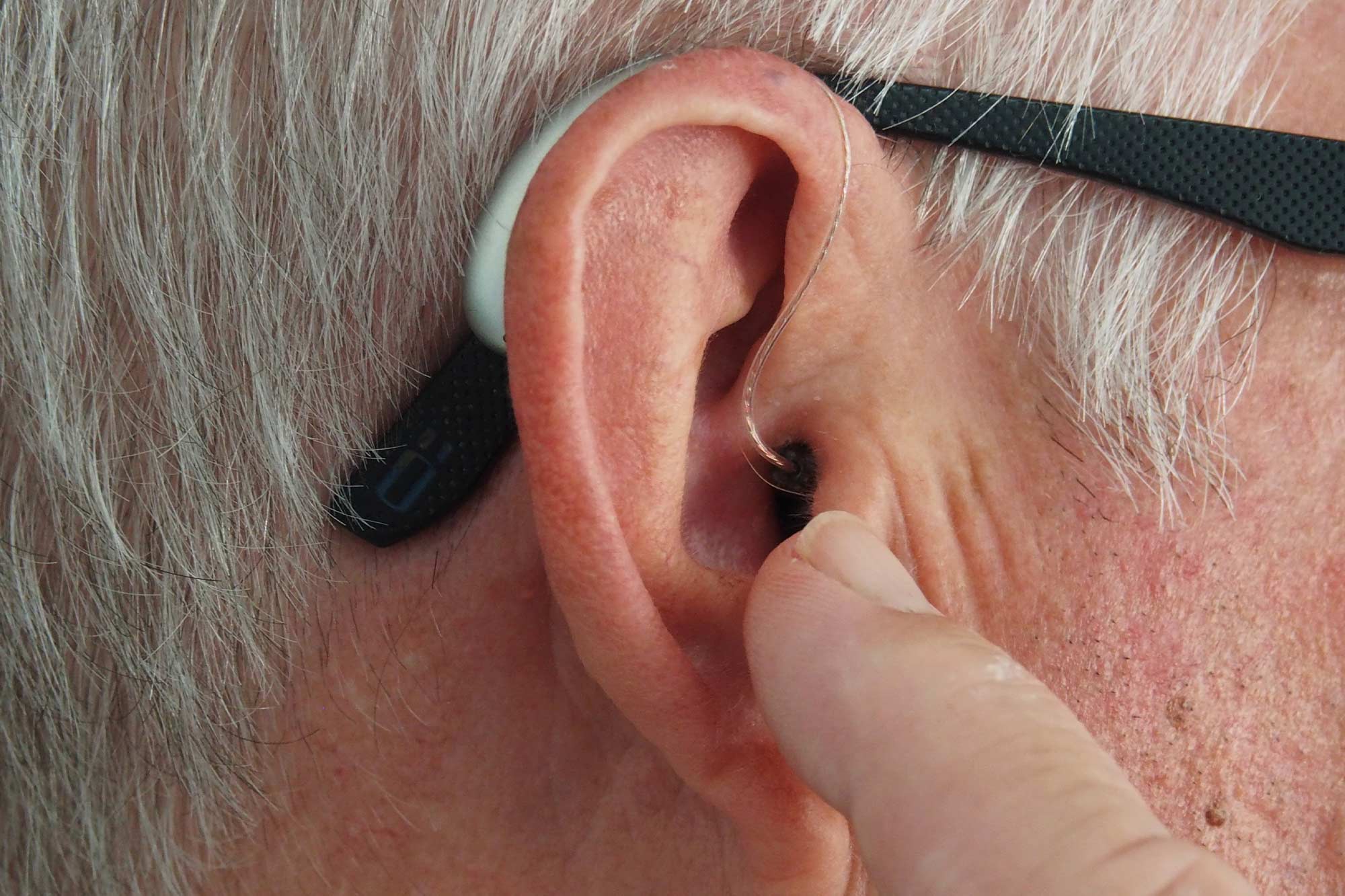When different forms, inanimate objects, appear to have faces arranged in a concrete pattern, science pareidolia Talk to me.
In this case, the brain perceives random responses, whether they come in any form, as a particular pattern, and responds to them accordingly.
Why does the brain see faces on inanimate objects?
The basic pattern of the face, which mostly consists of having two eyes and one mouth, is already enough to elicit a reaction, a misconception in many people, but what could be behind it?
Appearance is very common, its perception depends on the individual, not the environment. distance in cosmological studies It also happens, but the most famous examples include the different faces of Jesus, which are from different places can look back.
Photo: TacioPhilip/Getty Images Hungary
In order for the brain to recognize sensitive eye and mouth patterns, it is necessary to be in society to be able to recognize faces and be able to correctly interpret the feelings they show. Hence, it is quite normal for people to be drawn to patterns that resemble faces.
It’s not just the person who was deceived by similar fake appearances in a 2017 research Experiments were conducted on rhesus monkeys, which also interacted with inanimate but imitation objects and phenomena. However, another study is already looking into whether pareidolia activates areas and mechanisms in the brain responsible for processing social information.
To this end, with the participation of 60 participants do an experiment, when the startling patterns of objects that cause pareidolia were shifted slightly to the left, so that subjects in the experiment also realized they were staring at their left side. However, with repeated observations, other notions emerge that the “look” of the arranged patterns in the face slowly shifts to the right, and this science as a sensory adaptation will catch it.
evolutionary advantage
It is an evolutionary advantage if one interprets emotions correctly, and recognizes faces. It was a basic social skill, previously interesting to learn about predators, for example. It’s better for someone to perceive more faces than they need to do.
Adaptation to gaze direction is believed to reveal the plasticity of neural mechanisms. The researchers hypothesize that Arcpareidoly goes beyond simple cognitive or memorial effects and provides evidence of information processing for higher perceptual mechanisms that normally read emotions.
(Images: Getty Images)
Faces appeared on the ground in one of the houses: they still don’t know the cause of this mysterious phenomenon
A special phenomenon began in 1971 in Belmes de la Moralida, Spain. A resident of a house discovered faces on his land that appeared out of nowhere. Maria Gomez Camara, 52, told her husband, Juan Pereira, about the spots. The man later broke ground with the help of their son Miguel and laid new tiles.












































